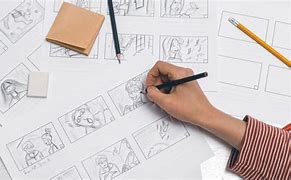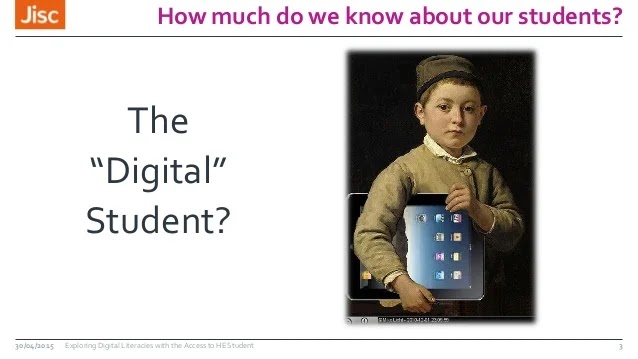The Art of Storyboarding: Bringing Narratives to Life
The Art of Storyboarding: Bringing Narratives to Life
In the realm of visual storytelling, storyboarding plays a crucial role in bridging the gap between imagination and realization. Whether it's a film, animation, advertisement, or even a graphic novel, storyboarding is the visual blueprint that brings narratives to life. In this blog, we'll explore the significance of storyboarding, its techniques, and its impact on various creative industries.
What is Storyboarding?Storyboarding is a process that involves creating a sequence of visual representations to outline the key moments and composition of a story. It serves as a visual script, capturing the essence of a scene, and guiding the director, cinematographer, or animator in realizing the vision. Storyboards typically consist of a series of panels or frames, accompanied by descriptions, dialogues, and camera directions.
The Power of Storyboarding
Storyboarding is a powerful tool that aids in visualizing the narrative structure, pacing, and flow of a story. It allows creators to pre-visualize scenes, experiment with different angles, and make necessary adjustments before committing to the final production. By crafting a visual roadmap, storyboarding enables efficient communication among the creative team, aligning their vision and minimizing misinterpretation.
Techniques and Elements of Storyboarding
a) Composition: Framing and composition techniques, such as the rule of thirds, leading lines, and symmetry, help create visually appealing and meaningful shots. Storyboarding allows artists to experiment with these techniques and find the most effective composition for each scene.
b) Shot Types: Storyboards define shot types like close-ups, wide shots, tracking shots, and more. These choices influence the storytelling by emphasizing emotions, conveying information, or setting the tone of a scene.
c) Camera Movements: Storyboarding provides an opportunity to plan camera movements, such as pans, tilts, dollies, or zooms. These movements enhance the visual experience, guide the viewer's attention, and add dynamism to the story.
d) Storytelling Elements: Storyboards can incorporate other elements like character expressions, dialogue, sound effects, and annotations, giving a comprehensive understanding of the narrative and aiding in effective storytelling.
Storyboarding Across Industries
Storyboarding is not limited to the film industry. It finds applications in various creative fields:
a) Animation: Storyboarding plays a crucial role in defining the timing, sequence, and visual style of animated stories. It helps anim
ators maintain consistency and coherence throughout the production process.
b) Advertising: Storyboards are used to pitch and visualize ideas for commercials, allowing clients and creative teams to align their visions and make necessary changes before production.
c) Game Design: Storyboarding helps game developers map out interactive narratives, plan gameplay sequences, and visualize key moments, enhancing the player's immersion and engagement.
d) Graphic Novels: Storyboarding serves as the initial visual representation of a graphic novel, outlining the panel layouts, character poses, and narrative flow.
Conclusion: Storyboarding is a vital tool that transforms abstract ideas into tangible visuals, guiding the creative process from conception to execution. By combining artistic vision, storytelling techniques, and technical expertise, storyboarding brings narratives to life in various creative industries. Whether you're a filmmaker, animator, or advertiser, embracing the art of storyboarding empowers you to craft compelling and visually stunning stories that resonate with audiences worldwide.






评论
发表评论